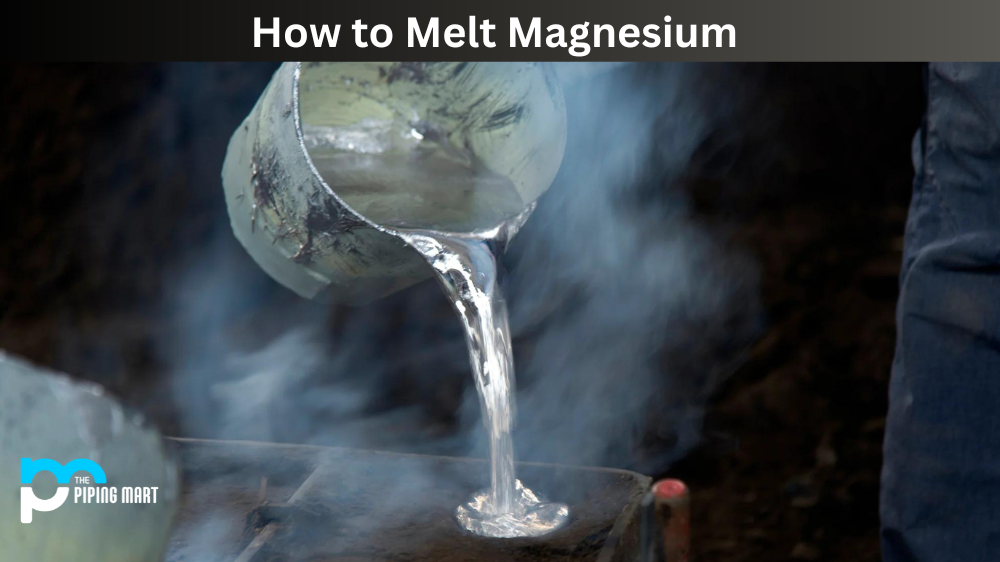Brass is a copper-zinc alloy that has been used for centuries due to its strength and malleability. But even with its long history, there are still some unanswered questions about brass and whether it is homogeneous or heterogeneous. Let’s explore this further.
Is Brass Homogenous or Heterogenous?
Brass is an alloy metal composed primarily of copper and zinc, making it a homogeneous material. Brass is homogeneous because, even though its composition may vary, it has a uniform and consistent chemical structure throughout. Brass in its purest form is no different from brass with additional components; alloys of brass are still considered homogeneous, much like how sugar solutions remain homogeneous whether they contain 1% or 100% sugar. That is to say, brass has the same properties all throughout any given sample regardless of its composition.
When it comes to brass, it depends on how finely we examine it! On a macroscopic level (i.e., when looking at brass with our naked eye), we can see that brass appears solid and uniform throughout its length, so from this perspective, it would appear homogenous. However, if we were to use a microscope to magnify the individual atoms making up brass, we would see that each atom consists of different amounts of copper and zinc depending on where we look—which makes brass heterogenous at an atomic level!
Homogeneity
Before we can determine if brass is homogeneous or heterogeneous, it’s important to understand what these terms mean. Homogeneity refers to a material that is composed of components that are all the same throughout its entirety. In other words, no matter where you look in the material, you will find the same elements present in the same proportions and concentrations. For example, water is a homogeneous material because every drop contains two parts hydrogen and one part oxygen in exactly the same ratio.
Heterogeneity
Heterogeneity describes a material that consists of distinct components or ingredients that vary from one location to another within the material. A good example of this is pizza; each slice of pizza contains different toppings arranged in different proportions depending on where you look at it—some slices may have pepperoni while others may not—so the pizza would be considered a heterogeneous substance.
Conclusion
As you can see, there’s no easy answer when it comes to determining if brass is homogenous or heterogenous; while at first glance it appears homogeneous due to its uniformity on a macroscopic scale, closer examination reveals that each atom contains varying amounts of copper and zinc which make the material heterogeneous at an atomic level. Ultimately, understanding how materials are made up requires close examination—but fortunately for us, with today’s advanced technology, such analyses are becoming easier than ever before!

Pipingmart is B2B portal specializes in industrial, metal and piping products. Also, share latest information and news related to products, materials and different types grades to help business dealing in this industry.




